Nonprofits face a lot of challenges when it comes to email marketing. Maintaining a steady flow of donations and keeping the donor base engaged is a tough feat, especially when you have to take care of various other aspects of running a nonprofit.
Email marketing can help you with increasing your donor base through outreach and rope in more volunteers. At the same time, limited budgets make it even more challenging for the staff members to cope up with the required outreach efforts.
With all of these points taken into consideration, email marketing is the best channel for nonprofits as it is more authoritative than social media and bags an ROI of $44:1.
Today we are going to discuss the email marketing best practices for nonprofits. Buckle up to explore more.
Build Your Email List and Focus on IP Warming If You Are New
Like any other digital marketing channel, increasing the number of people engaging with you is a must for email marketing. It is due to the fact that people make donations on a personal note, and different things motivate different people.
However, save yourself from adding irrelevant subscribers. Maintaining mailing list hygiene can help you save money on ESP subscription rates as the charge is based on the number of subscribers onboard.
If you are a new nonprofit, don’t forget to perform IP warming. IP warming requires in-depth technical knowledge, so you can also hire email developers to do the job for you.
Also, I advise you to be vigilant as far as your subject lines are concerned since most of the scammers use similar wording. Ending up in the spam folders of your subscribers is more likely to hurt your budget and steer their attention away.
You can use the following statistics to check and optimize the performance of your campaigns:
| The average click-through rate | 2.66% |
| The average click-to-open rate | 12.99% |
| Unsubscription rate | 0.17% |
| Spam rate | 0.00% |
| Highest Email Open Rates | Sunday |
| Highest CTR | Tuesday and Saturday |
| Highest CTO rates | Wednesday |
Source: The Report On “Nonprofit Email Marketing Benchmarks and Takeaways for 2019”
Leverage Welcome Emails and Give a Human Touch
Welcome emails should never be missed on whether you are a nonprofit or an MNC. Send your new subscribers a decent welcome email within 48 hours of subscribing.
As long as welcome emails are concerned, maintain a thankful tone, and avoid asking for donations too early.
Focus on providing only authentic information and avoid anything controversial or disrespectful, especially in your first message. Keep your welcome emails educational and prioritize sharing success stories.
Also, give a human touch to the conversations as people expect humanized feel, especially when dealing with nonprofits.
Be My Eyes has beautifully included social media sharing in their welcome email as their subscribers are most likely to be proactive netizens.
Similarly, you can utilize your welcome messages to establish a better connection with your new subscribers.
(Image Source-https://reallygoodemails.com/emails/welcome-to-be-my-eyes/?__cf_chl_tk=.aJ_YHm3S7I4WD3Y7flsc6ibQBzo_WVoKxVH7VjBbUg-1683203511-0-gaNycGzNCmU)
Focus on Personalizing Your Communication
62% of the millennials are likely to contribute nearly an additional 10% amount for a personalized experience.
You can personalize your messages by gathering necessary information apart from the regular customer demographics.
Segmentation features along with A/B Split testing in email marketing tools allow you to ensure a seamless reader experience. To understand the power of personalization look at the below email template from Charity Water.
Just by reading the word “you”, the entire message becomes personal and the reader connects with it instantly. This saves a lot of effort required for writing an exceptional copy and it also saves time for your subscribers.
Place Donation CTAs and Social Media Sharing Buttons in Close Proximity
One great way of boosting donations is to place donations and social media sharing buttons side by side. Allowing your subscribers to share their contributions has a psychologically rewarding experience.
This will motivate your subscribers while also improving your outreach. Getting word of mouth is certainly a great benefit for nonprofits. Also, keep the donation CTAs accessible and in line with the fundraising appeal.
Making a donation and sharing the news with friends and family on social media also allows your readers to assume a commanding position in spreading the word.
Capitalize on Newsletters
When it comes to nonprofit initiatives, nothing works like newsletters. I recommend focusing on the brighter side of your work and providing information regarding your previous tasks’ progress.
When your donors find that their contribution is used appropriately, they feel satisfied and even get motivated for further contributions. However, the placement of content elements changes a bit here.
In your newsletter, you have to focus on the completed tasks, but you have to select upcoming activities for placing the CTA buttons.
Your subject line, cover image, and CTA buttons should all focus on your fundraising efforts through either constructive messages or establishing a sense of urgency.
Below is a great example of using a newsletter to highlight the achievements and prompt donations.
Me to We has given their readers an option to make donations right away rather than reading the entire story. They have also included the donation amount with the timeline and utilization details which is quite appreciable.
Build a Separate Landing Page to Thank Subscribers
When a prospect joins your subscriber list, greet them with a personalized vote of thanks. You can do this by using the landing page and display your achievements there.
It is a good idea since both of you are interested in exploring how helpful you can be to serve a common purpose.
I also recommend embedding social media follow buttons, “make donation” CTA buttons, and provisions to extend volunteering in the landing page copy.
It is because your new subscribers have just connected, they are more likely to agree with supporting the purpose.
Adopt a Mobile-First Email Marketing Philosophy
Like all the corporates, go with mobile-first email marketing philosophy. If your message is not optimized for mobile devices, it will do more harm than good.
If your email doesn’t look good on mobile screens, 25% to 29% of young users will not entertain your email.
To ensure that your email messages look good across all device sizes, including smartphones, use responsive HTML email templates. They are compatible with all device types and help maintain a consistent aesthetic appeal.
Mobile optimization best practices revolve around keeping the weight off your email code and message in optimal ranges.
Keeping your messages lightweight requires small yet actionable steps like keeping the image size in the optimal range and linking videos to third-party apps like YouTube instead of directly embedding them. Keep your font size around 13/14 pixels.
For subject lines, consider capitalizing on the first 30-35 characters to suit the mobile-first marketing strategy. This is because the rest of the subject line is stripped off on the mobile screens.
Reach Out to Your Subscribers Regularly
Usually, a higher sending frequency works the best for nonprofits. The fundraising appeals, too, are sent in large numbers.
According to 2019 The Global NGO Technology Report, an average of 71% of the NGOs regularly send emails to their supporters.
The same report finds email updates and fundraising appeals as fairly effective methods:
Ensure that your nonprofit is frequently engaging with your donors and trying to upscale your outreach efforts as much as possible. You can go for geotargeting, time zone-based delivery, and many other methods to improve your engagement rates.
Wrap Up
Emails are a promising channel, and they require minimal efforts when compared to the results they drive. Use the insights provided by your email marketing tool and make the necessary changes to your email marketing strategy based on performance metrics.
Taking small steps, like including capture with your optin forms, will ensure appropriate cybersecurity. You can also avail discounts from ESPs as they have special provisions for nonprofits. Constant Contact offers a 30% discount for nonprofits while Mailchimp and Campaign Monitor offer 15% each. I hope that you find this article resourceful for your nonprofit email marketing endeavors.
Best Practices email marketing fundraising appeals newsletters ROI Social Media
Last modified: May 2, 2025
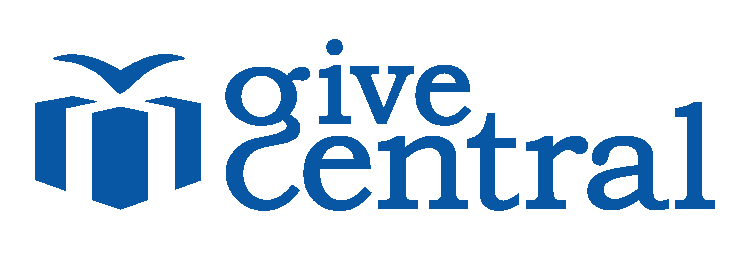
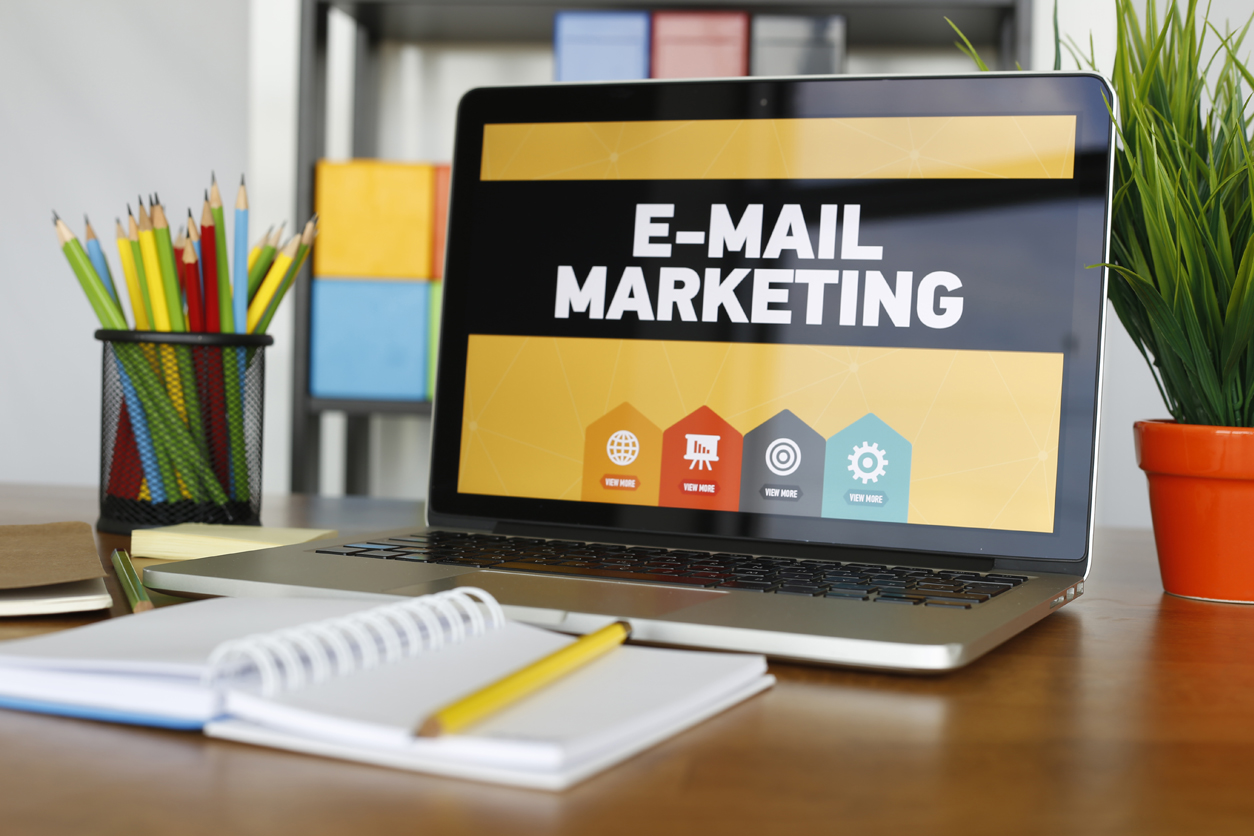
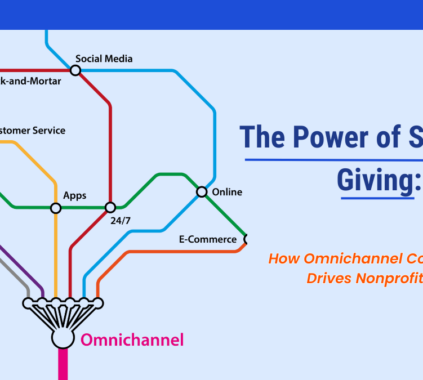
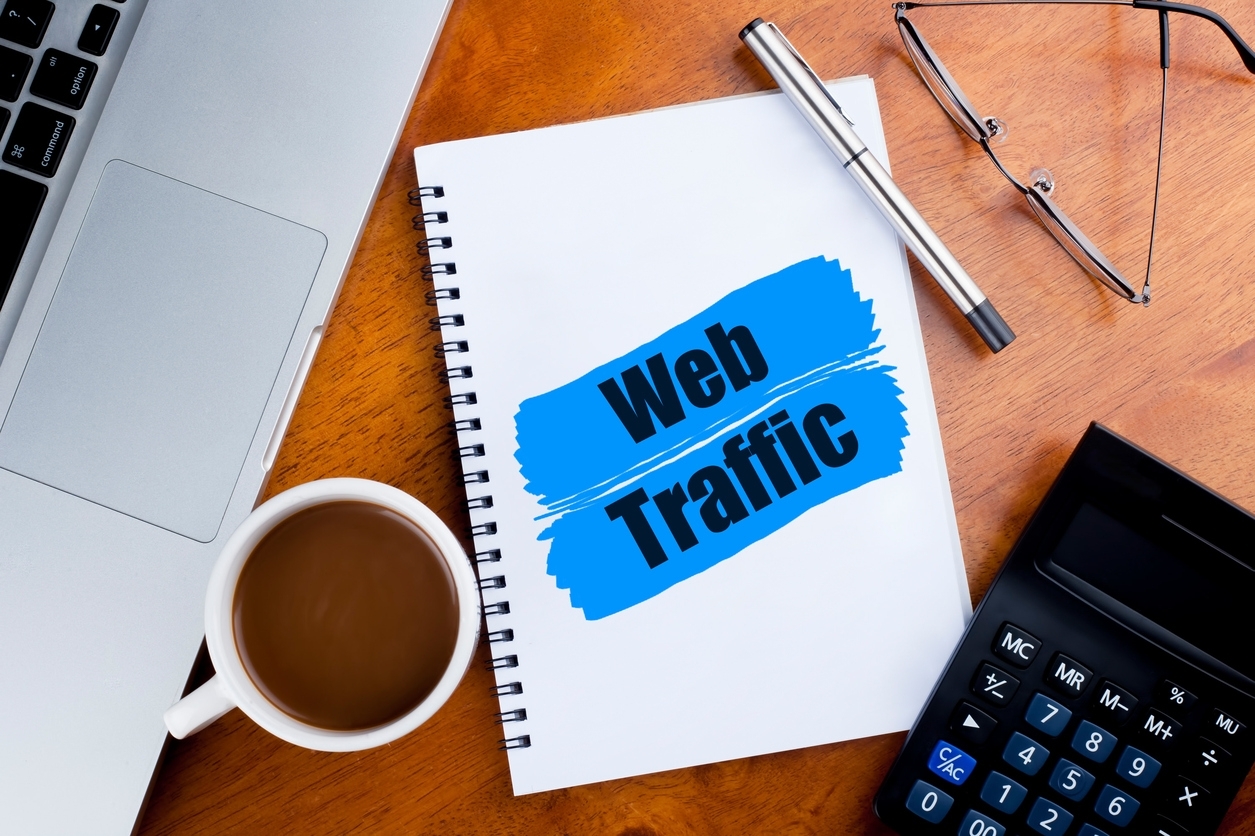
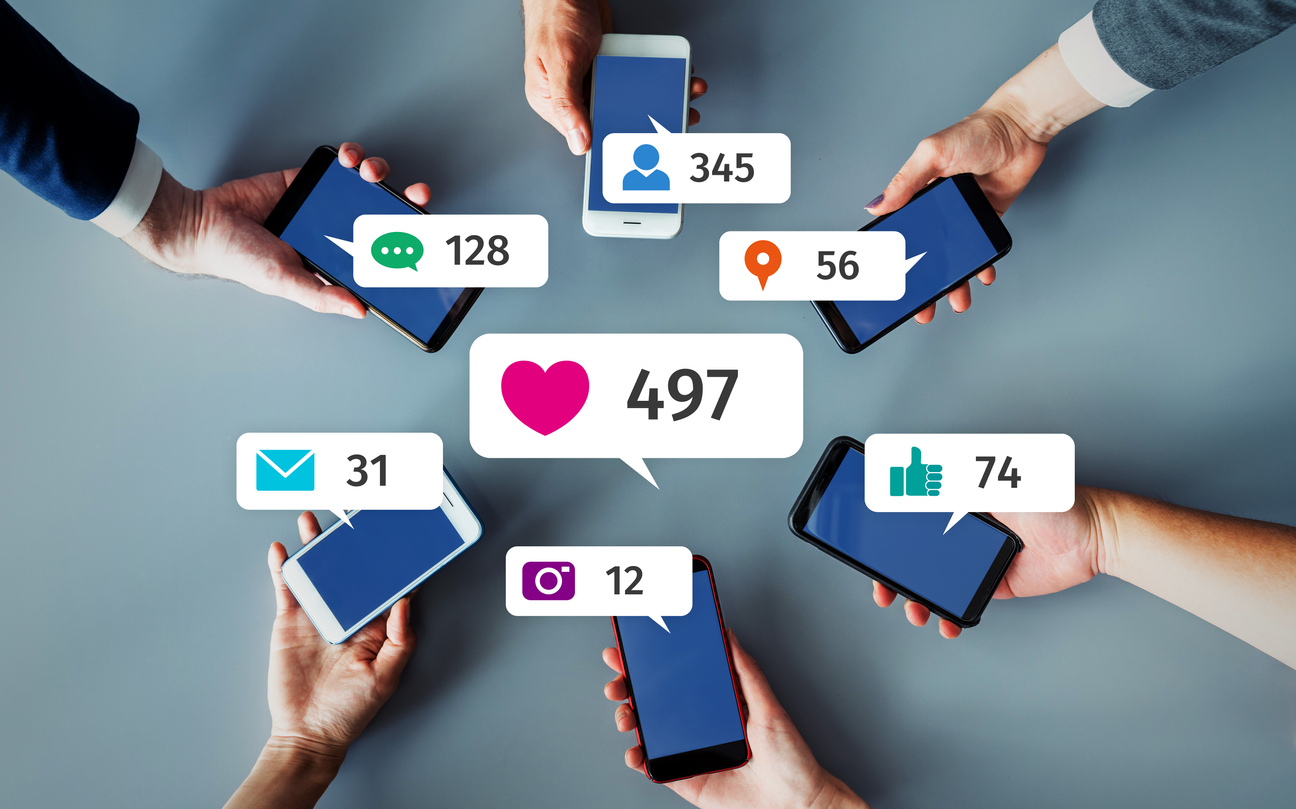
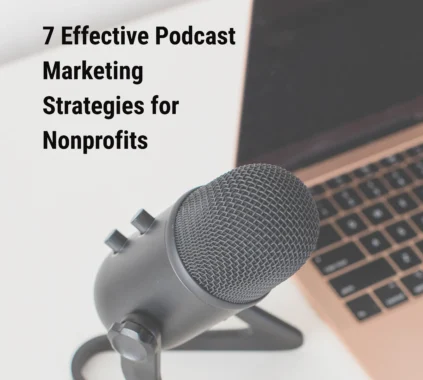
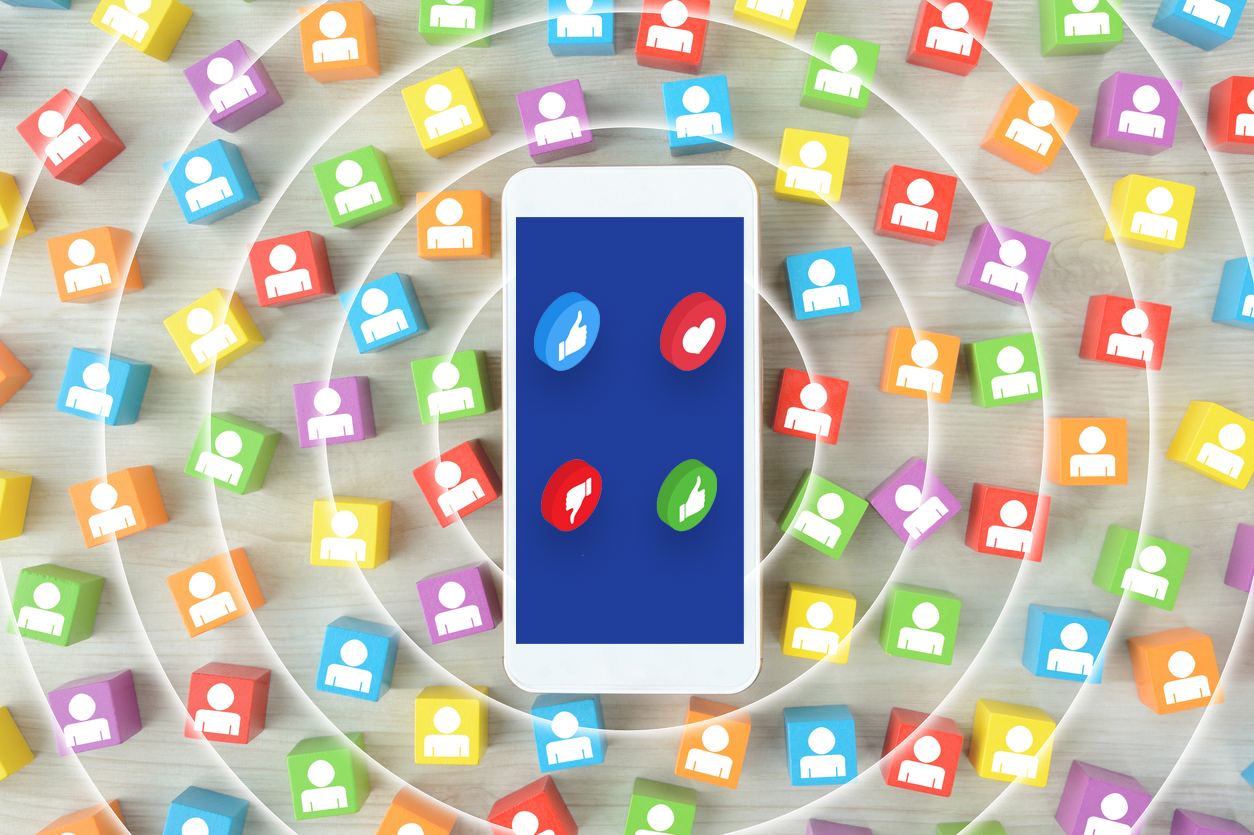
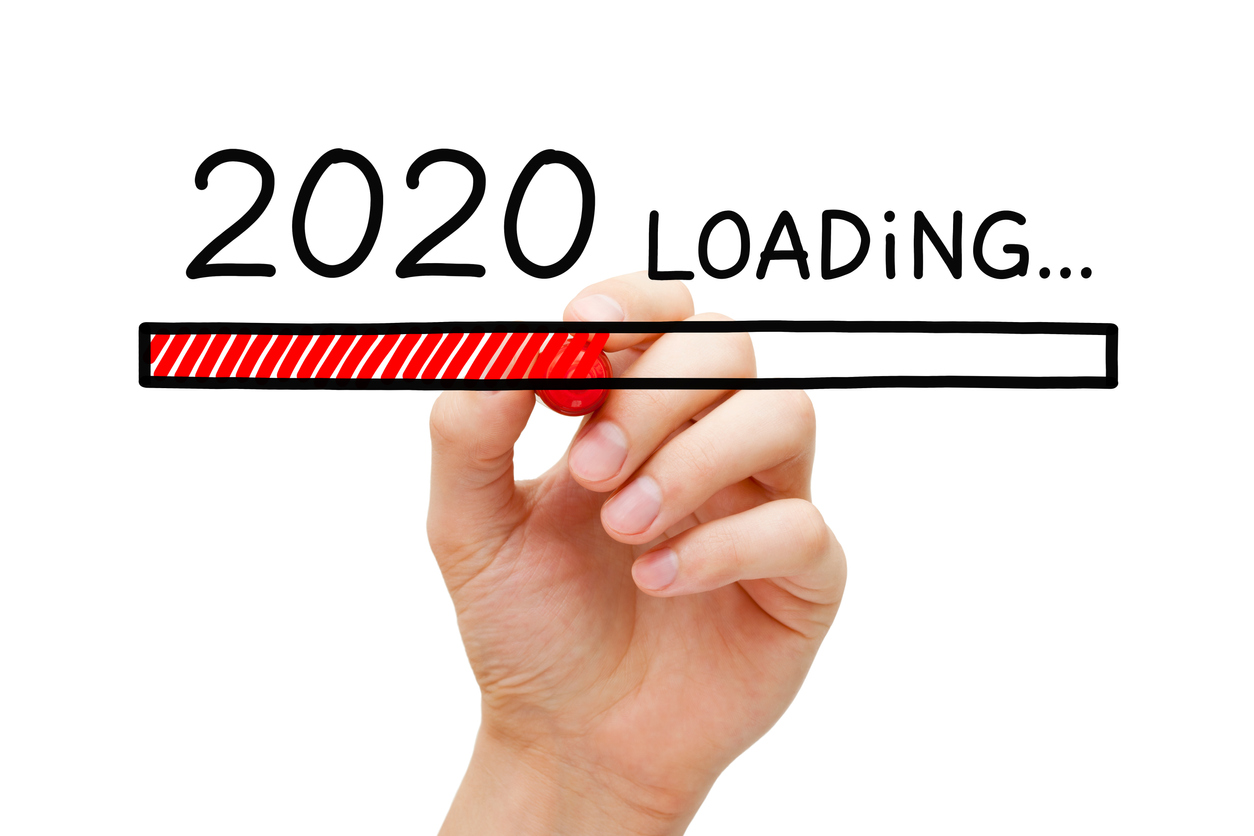




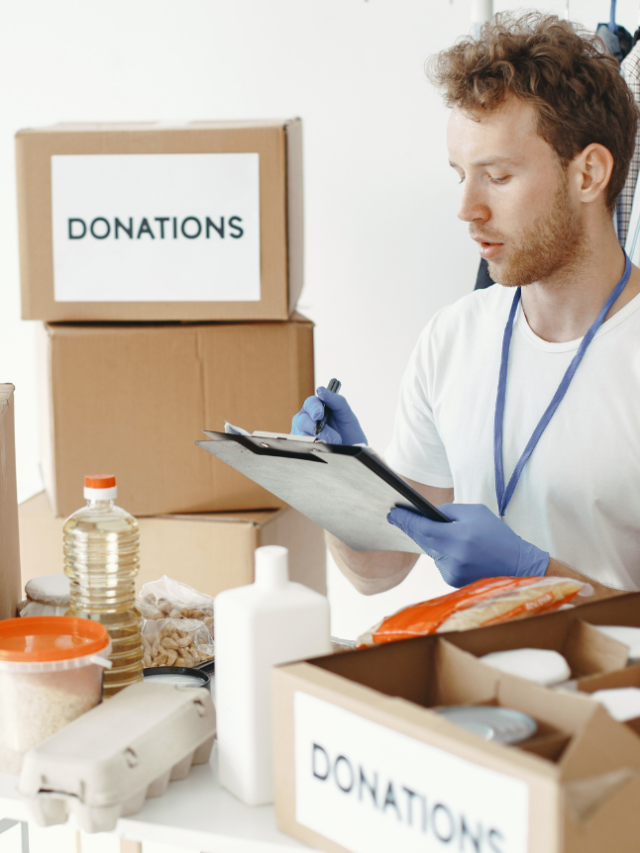

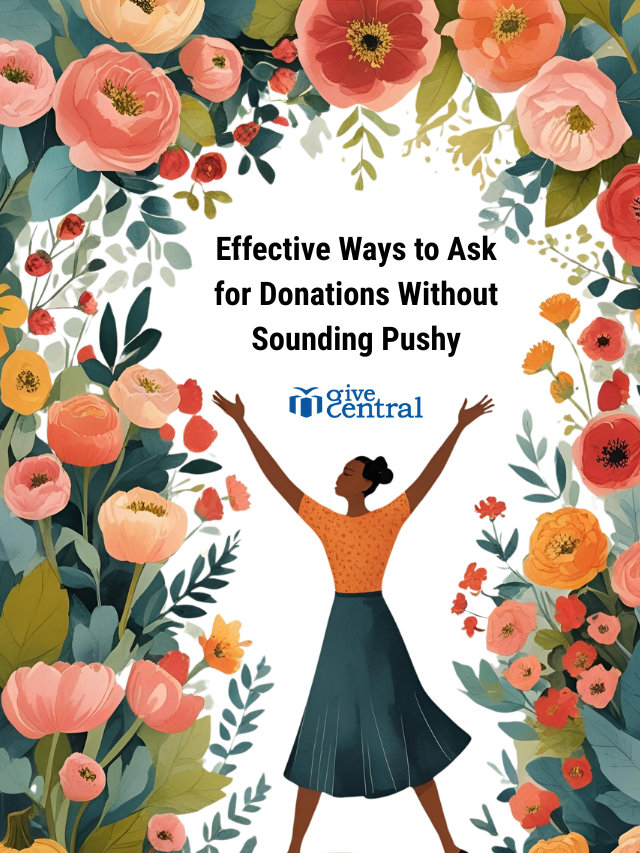

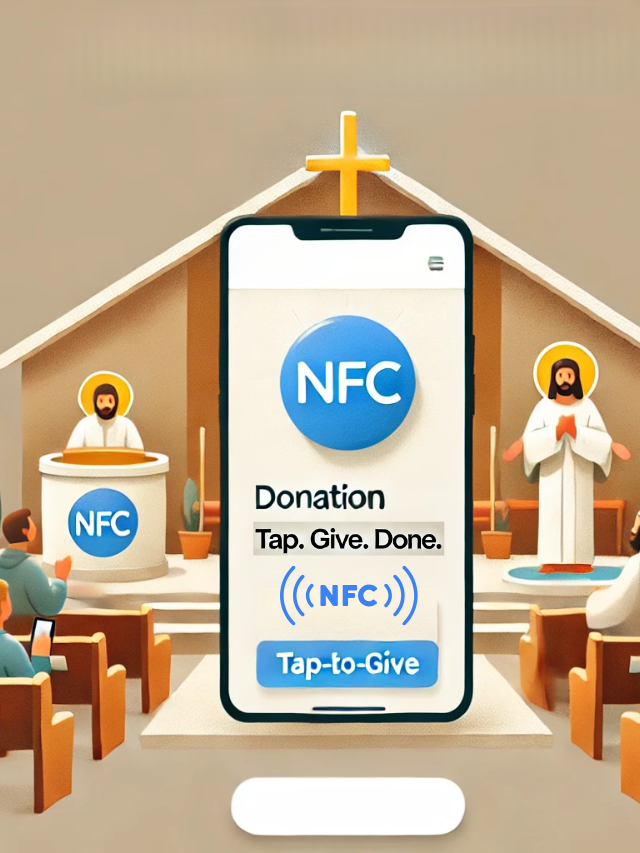
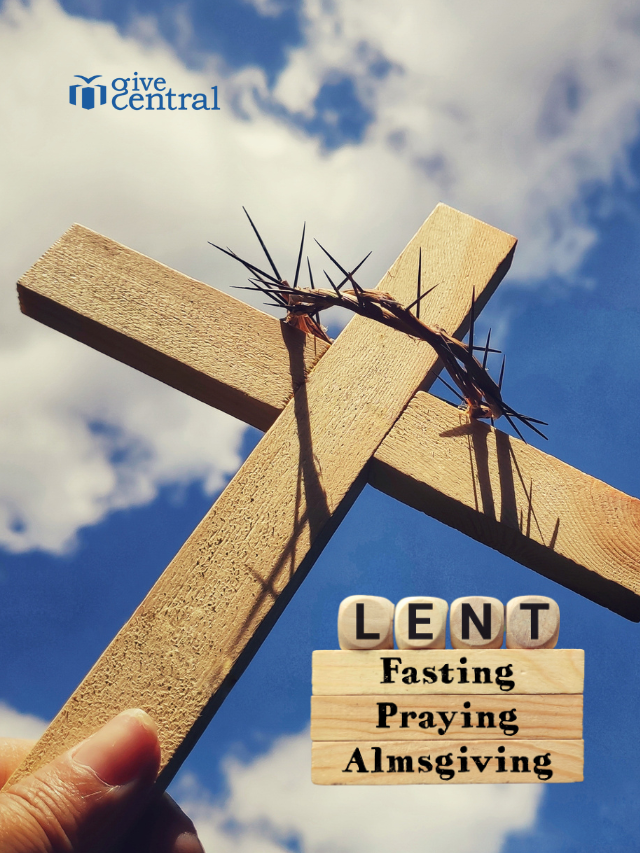
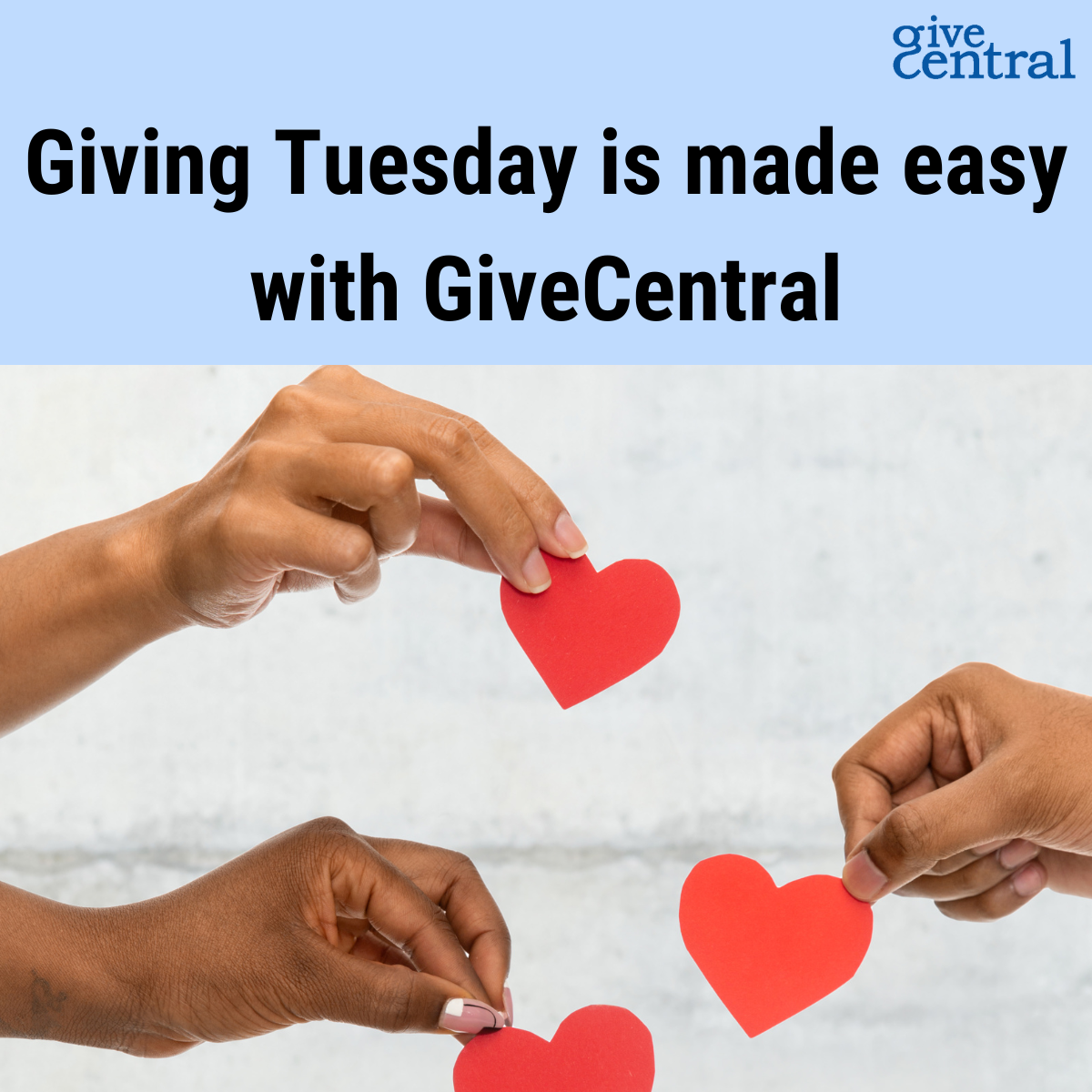




I appreciate your ethical approach to email marketing.